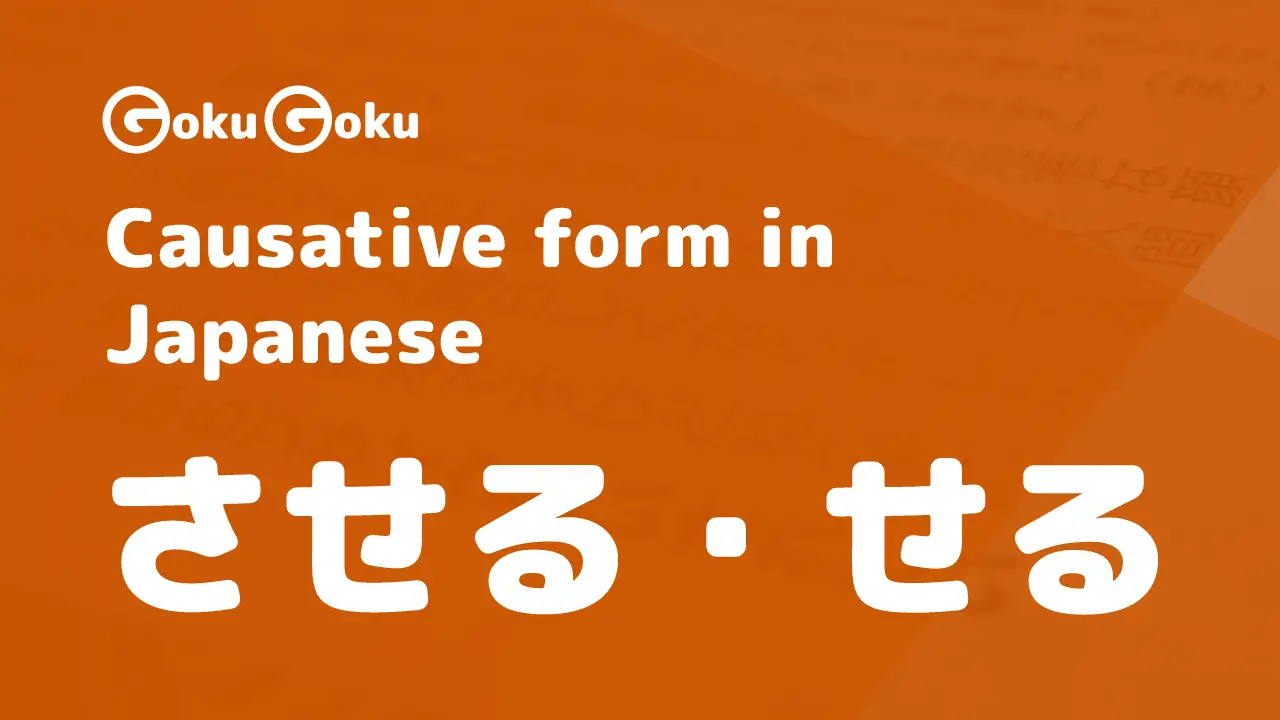At the beginning of your Japanese study you may have come across forms that seem incomprehensible at first sight.
This is one of the main obstacles when you start reading in Japanese. The strategy when you start reading any kind of material in Japanese is to look up the dictionary for any unfamiliar words.
This strategy works until you encounter some particular conjugations or verb forms. The problem now becomes that the dictionary fails to recognize every possible conjugation or colloquial form.
Nonetheless, these forms are widely used in Japanese media and anime. For this reason, it is important to know the possible forms that a conjugation can take.
Today we see the most important abbreviations and colloquial forms used in Japanese. After reading this article, you will be able to recognize these forms everywhere.
Many of these forms are colloquial and are <u>considered incorrect</u> in writing, especially at the formal and scholastic level. Pay attention!
Where do colloquial forms in Japanese come from
In every language we try to make verbal communication as simple and fast as possible.
Any word that is too long or complicated to pronounce tends to be shortened to a simpler form over time
This process is automatic and evolves over the decades along with the language itself. Since this phenomenon occurs in spoken language, the resulting forms are often considered to be grammatically incorrect in written language.
This also happens in the Japanese language. Over the years many articulated forms have shrunk and simplified into spoken language.
Although not formally correct, it is important for language learners to know how to recognize them. In fact, these forms are often present in the spoken language.
The conversational form is ubiquitous in manga and anime dialogues.
So let's see the main colloquial forms, where they come from, and how to use them.
/ai/ > /ee/
One of the most used contractions, especially in the manga and anime world, is to change the final sound /ai/ to /ee/.
This contraction often appears in the negative form ない (nai, to not exist). Since ない ends with /ai/ it is contracted to /ee/.
This form is applied to both verbs and adjectives:
There are some special variations for this contraction. It is also worth learning these forms to be able to recognize them when we read material in Japanese:
This contraction can also be found with the corresponding character え in Katakana, that is エ or ェ
/oi/ > /ee/
The same contraction we saw earlier can be applied when a term ends in /oi/.
/ui/ > /ii/
Another contraction you may encounter is to change a term ending in /ui/ to /ii/.
ている > てる
The form ている is used a lot in the Japanese language. ている is very often contracted with てる (without the い).
This contraction makes the verb form easier and faster to pronounce. Nonetheless, the form てる is likely to cause confusion if it is not recognized. This is because it is easy to confuse a verb ending in てる with some homonymous word or look for the meaning of the conjugation てる instead of ている.
Particular attention must therefore be paid to this form.
ていく / ておく > てく
Similar to the contraction seen above, the conjugation ていく and ておく can both be contracted with てく.
ておく > とく
The verb form ておく can also be contracted with とく.
ては / では > ちゃ / じゃ
This contraction is also widely used in spoken language and manga. Whenever a verb form uses ては / では (such as てはいけない or なくてはいけない) these can be contracted with ちゃ and じゃ respectively.
てしまう / でしまう > ちゃう / じゃう
The previous contraction can also be applied with the verb form てしまう / でしまう. Also in this case てしま / でしま are modified with ちゃ and じゃ respectively.
れば > りゃ
The form れば can also be contracted. In this case れば becomes りゃ.

In this example we see how the form 知ってれば is contracted to 知ってりゃ.
ければ > きゃ
A similar contraction also occurs for ければ. In this case, as we have seen for では, this form is contracted with きゃ.
は
It is also possible to find some contracted forms for the particle は. As we have seen for the other contractions, also in this case the aim is to make the pronunciation faster and more immediate.
These contractions can also be seen in manga and anime, so it is worth remembering them in this case as well.
ん
Finally, we see a very used last contraction. This consists of changing the character の or the word ない to simply ん. As you can see, using only the ん character makes pronunciation much faster.
This contraction is used in many verb forms that use の or ない (such as のだ).
These are just some of the many contractions that can be found in the Japanese language. These forms are constantly evolving and are purely dictated by a simplicity of use and pronunciation.
So be careful when reading any kind of material in Japanese (manga and anime in particular).







